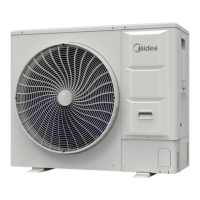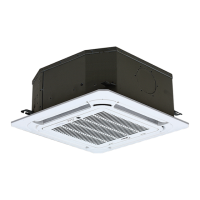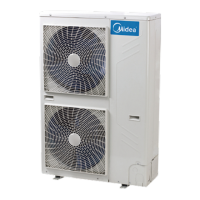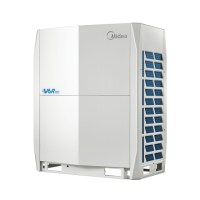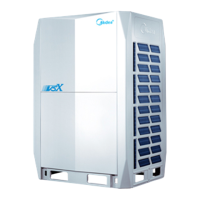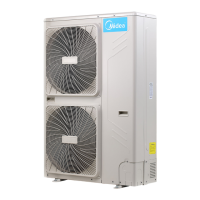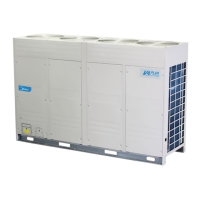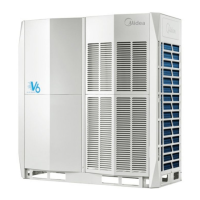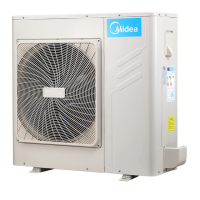4 Control
4.1 Temperature Compensation Control
Because of the installation position of Indoor Unit and different layout, indoor temperature detected by Indoor Unit may
not consist with actual temperature. Indoor temperature could be compensated by controller (The parameter code is”N25”
“N26”)
4.2 EXV Control
When the IDU is powered on again or the ODU is stopped, the system automatically enters initialization mode. After
initialization is completed, the system enters the normal start mode. The IDU EXV uses superheat degree control in cooling
mode and uses supercool degree control in heating mode. If the IDU receives a protection control or special control
command, this command is executed in priority.
Superheat Degree Control in Cooling Mode
During cooling (dry), the IDU calculates the difference between the heat exchanger gas pipe temperature (T2B) and the
heat exchanger liquid pipe temperature (T2A) detected by the temperature sensors and write this difference as the current
superheat degree (SH). By comparing the current superheat degree (SH) with the set superheat degree (SHS), the opening
adjustment trend of the EXV can be decided.
SH=T2B-T2A
When SH > SHS, the EXV opening increases
When SH = SHS, the EXV opening unchanged
When SH < SHS, the EXV opening decreases
Supercool Degree Control in Heating Mode
During heating, the IDU calculates the difference between the High pressure equivalent saturation temperature (Tc) and
the heat exchanger liquid pipe temperature (T2A) detected by temperature sensors and write this difference as the current
supercool degree (SC). By comparing the current supercool degree (SC) with the set supercool degree (SCS), the opening
adjustment trend of the EXV can be determined.
SC=max(T1+6,Tc_max-2)-T2A
When SC > SCS, the EXV opening increases
When SC = SCS, the EXV opening unchanged
When SC < SCS, the EXV opening decreases
EXV Operating in other Situations
The EXV decides its operating opening based on the IDU operating mode, IDU working mode, and ODU working mode. For
details, see the following table:
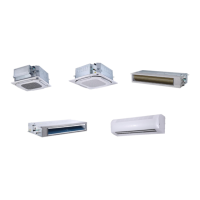
